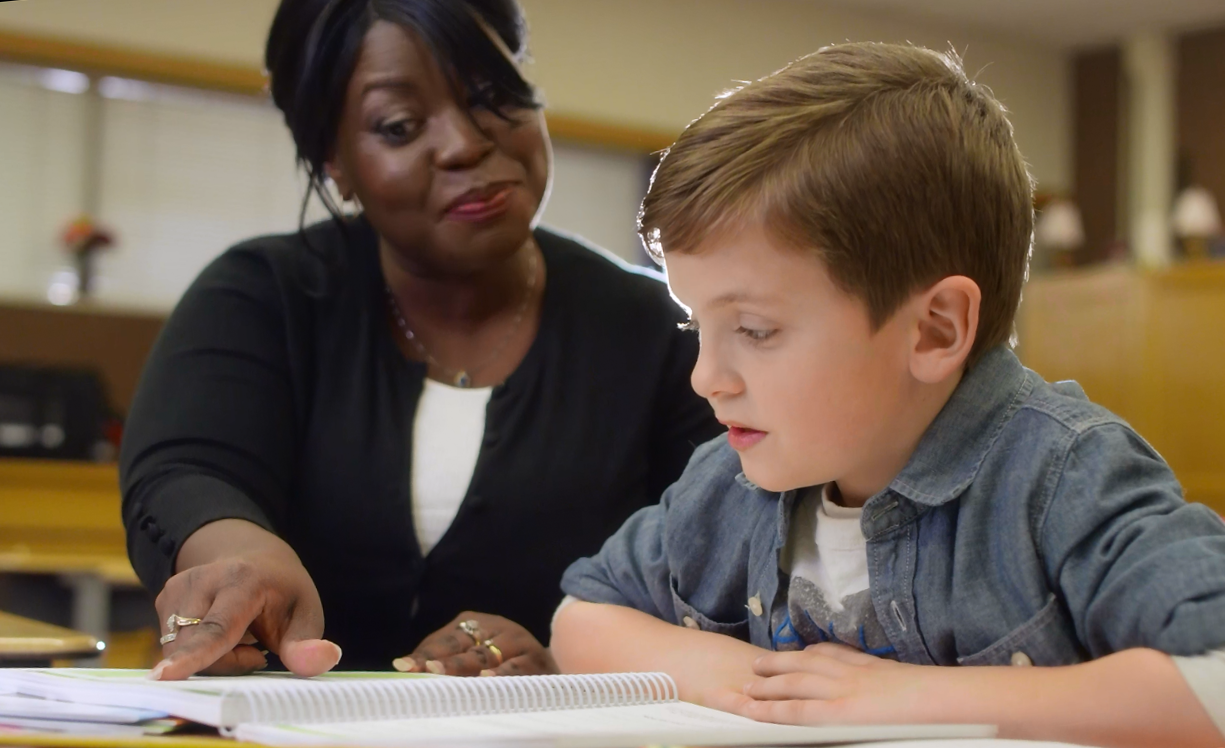In a recent webinar, education specialist Laura Axtell, M.Ed. discussed the challenges and opportunities with reading instruction in special education settings.
To ensure that all children with disabilities have available to them a free appropriate public education that emphasizes special education and related services designed to meet their unique needs and prepare them for further education, employment, and independent living;
To assess and ensure the effectiveness of efforts to educate children with disabilities.

What has research shown to be most effective for teaching reading to special education students?
Research has shown that 95% of all students students CAN learn to read. Because reading is a complex skill, especially for students with learning disabilities, it’s crucial to choose a reading curriculum that matches what research has shown is most effective for developing reading proficiency. Effective reading instruction for students with reading disabilities should accomplish the following:
- Correct students’ phonological awareness difficulties and teach letter sounds connected to letter names.¹
- Provide decoding instruction and reinforcement
- Provide opportunities to apply these developing skills to reading connected text
Foundational word recognition skills must come first and become automatic to free up a student’s cognitive resources for higher-level reading skills.
This type of research-based reading instruction has been coined “Structured Literacy;” and includes explicit, systematic, cumulative, and diagnostic reading instruction. To further elaborate on what this instruction should look like in the classroom, the International Dyslexia Association provides the following definitions:
- Explicit instruction means that teachers model each skill and provide examples; students are not left to put the pieces together on their own simply from exposure or incidental learning.
- Systematic and sequential means that there is a deliberate sequence of instruction, with pre-requisite skills taught before more advanced skills, sequenced in a way that avoids causing student confusion.
- Diagnostic provides that students are given plenty of opportunities to respond and practice, and teachers give clear, prompt, and constructive feedback to correct errors.
How can I know if my reading curriculum is effective for our special education students?
Former reading specialist, and the Chief Education Advisor for Reading Horizons, Stacy Hurst, provided this litmus test for determining the effectiveness of reading instruction in tiers I, II, and III: has the number of student referrals to special education decreased?
If the answer is no, or if students classified with a specific learning disability in reading aren’t receiving effective intervention to develop grade-level reading proficiency, consider options for a reading curriculum that meets the needs of students in special education within the MTSS model.
1 National Institute of Child Health and Human Development. (2000). Report of the National Reading Panel. Teaching children to read: an evidence-based assessment of the scientific research literature on reading and its implications for reading instruction: Reports of the subgroups (NIH Publication No. 00-4754). Chapter 2: Alphabetics: Part I. Phoneme Awareness Instruction, pg. 2-41. Washington, DC: U.S. Government Printing Office.
Learn how Reading Horizons helps special education teachers implement a structured literacy approach in its elementary reading program and reading intervention curriculum.
